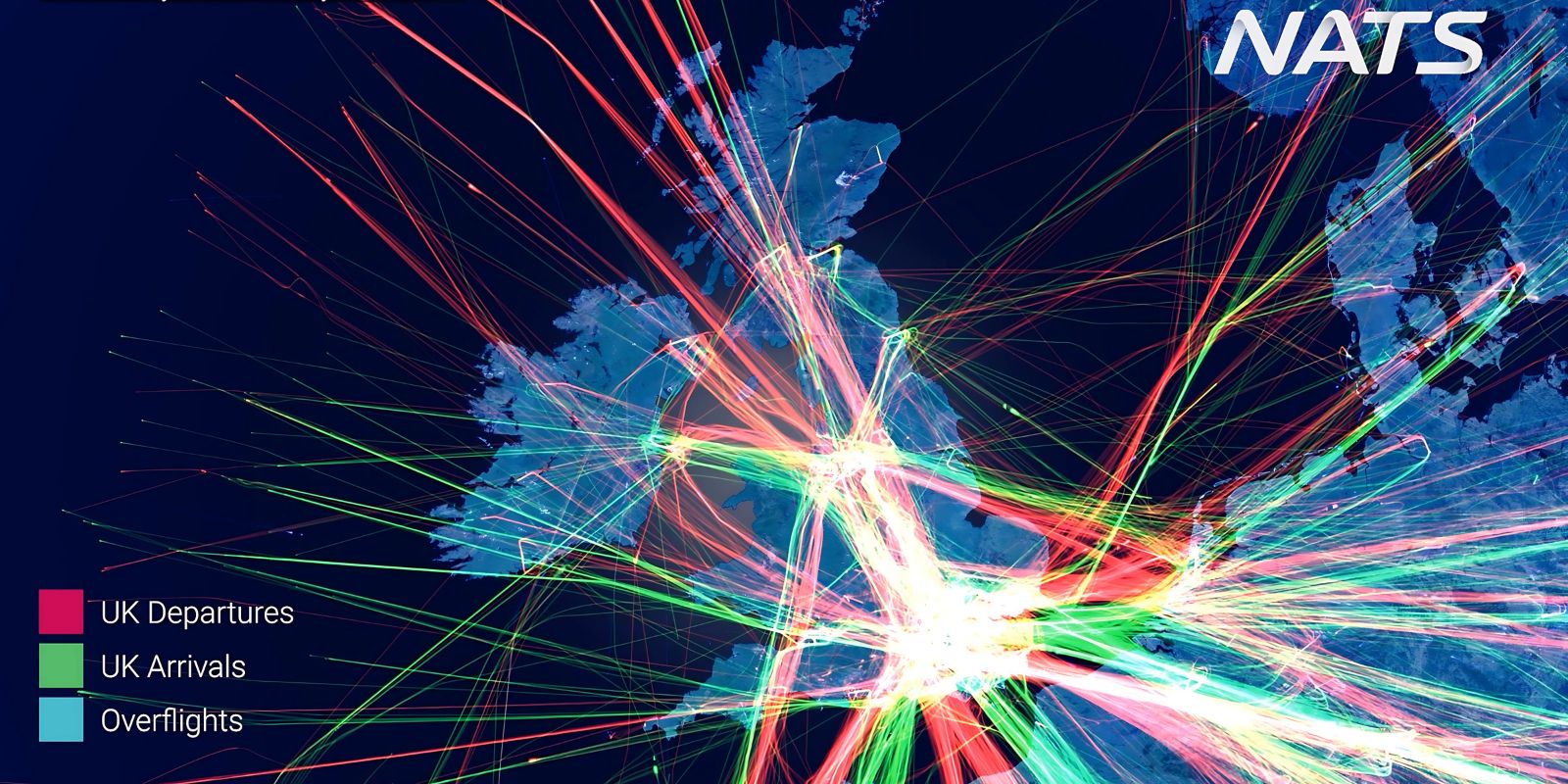
It’s not often we experience a storm with the power Storm Éowyn unleashed on Friday. We talk about ‘once in a generation’ storms, and this record-breaking one definitely comes close.
Our latest data visualisation shows just how impactful Storm Éowyn was and demonstrates the disruption such weather can cause to the thousands of passengers who usually fly in UK airspace every day.
With the Met Office embedded in our operation, we had the very latest information as the storm developed, which we shared with airlines and airports as we all planned for what we knew would be a very difficult day.
The Jetstream, which governs the speed and direction of transatlantic flights, was supercharged by the recent extreme cold weather in the USA and, as Storm Éowyn cranked up, aircraft were flying faster than the speed of sound, relative to the ground, with some arriving in the UK nearly an hour ahead of schedule. As weather and operational forecasts had predicted this, Heathrow Airport opened its doors earlier than usual to minimise holding and get aircraft on the ground before the storm barrelled in.
Storm Éowyn | Image: Ⓒ Crown copyright, Met Office, Satellite data: EUMETSAT, Background data: NASA Earth Observatory
After a few ‘go arounds’ and despite early morning arrival regulations at London airports easing in the morning, hundreds of the usual flights were missing from the usually congested airspace over England’s capital. Many were pre-emptively cancelled, particularly domestic and short-haul flights.
As flights from the London area resumed, you see the red departures on the dataviz streak straight north – the immense area of low pressure forcing them onto transatlantic routes via Greenland, which is a very unusual routeing.
What stands out most starkly, though is that airports in Ireland and Scotland – and into the north of England – were effectively at a standstill, with the usual rush hour not materialising, and no arrivals or departures for much of the day. Only overflights, high up in the airspace, carried on. It wasn’t until the evening that flights could slowly start again and the recovery could begin.








